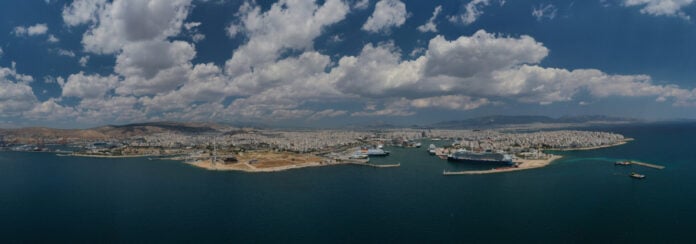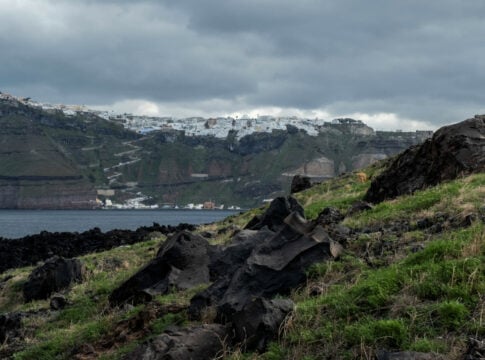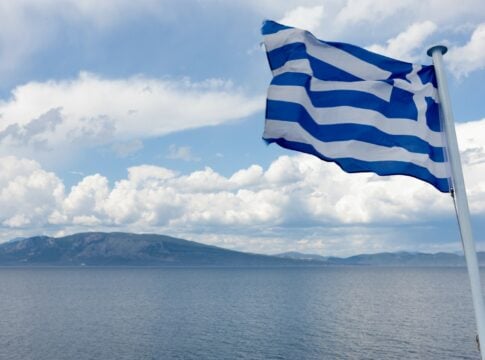The port of Piraeus continues to receive pressure, but not on domestic transit, as container ships are diverted around the Cape of Good Hope due to turmoil in the Red Sea.
In the country’s largest port, specifically in Pier I managed by the PPA, a total of 465,000 TEUs were handled in the first 10 months, up 6%, compared to last year.
According to data from Cosco Shipping Port, 391,000 containers were handled from piers II and III in October 2024 compared to 402,000 in the same month of 2023, recording a decrease of 2.7%.
Between January and October 2024, container handling from piers II and III dropped by 9% compared to the corresponding period in 2023.
In total, 3.498 million TEUs were handled in the first 10 months of 2024 compared to 3.844 million TEUs in the same month last year.
The total container traffic in the 36 ports controlled by Cosco Shipping Ports, a member of the Cosco Shipping Group, rose by 3.5% in October 2024 (9.621 million containers compared to 9.294 in the same month of 2023).
In the first 10 months of 2024, a total of 92.769 million containers were handled by terminals managed by Cosco, compared to 87.130 million in the same period in 2023, up 6.5%.
Regarding handling in China, terminals in the Yangtze River Delta and southwest coast regions performed particularly well, with container handling at the Chinese ports of Nantong, Wuhan and Beibu Gulf Port up 44.7%, 133.9% and 12.3% respectively.
Overseas terminals also continued to show strong signs of growth and recovery, with their handling increasing by 8.3%.
Among them, the terminals of Abu Dhabi, Cosco Shipping Port Spain and Zeebrugge performed very well, with their container throughput increasing by 89.8%, 27.4% and 220.9% respectively.
International developments
The Chancay port, located on Peru’s central coastline, about 78 km north of Lima, was inaugurated in South America by Chinese President Xi Jinping, a 1.3-billion-dollar investment by Beijing as it seeks to expand trade and influence on the continent.
As China’s demand for Latin American agricultural products and metals grows, Xi will attend the Asia-Pacific Economic Cooperation summit in Lima and then the Group of 20 summit in Rio de Janeiro, while he will also visit Brazil.
Xi and Peruvian President Dina Boluarte participated in the inauguration of the Chancay port via video call.
Xi said Chancay is a 15-berth deep-water port and is the successful launch of a “21st Century Maritime Silk Road” and part of China’s Belt and Road Initiative, a modern revival of the ancient Silk Road.
Beijing’s investment in Chancay Port, in which it owns 60%, has raised alarm in Washington, amid concerns that it could be used by the Chinese navy.
Cosco said the deep-water port provides geographical advantages that allow for “seamless” logistics connectivity.
The 1,500-meter-long pier includes two container berths and two multi-purpose berths.
It can handle the largest container ships and has an annual container handling capacity of 1 million TEUs, as well as 6 million tons of bulk cargo and 160,000 vehicles.
The port is directly connected to the Pan-American Highway via a 1.8 km tunnel. Cosco described the facility, which will initially employ 8,000 people, as the “first green and smart port” in South America.














